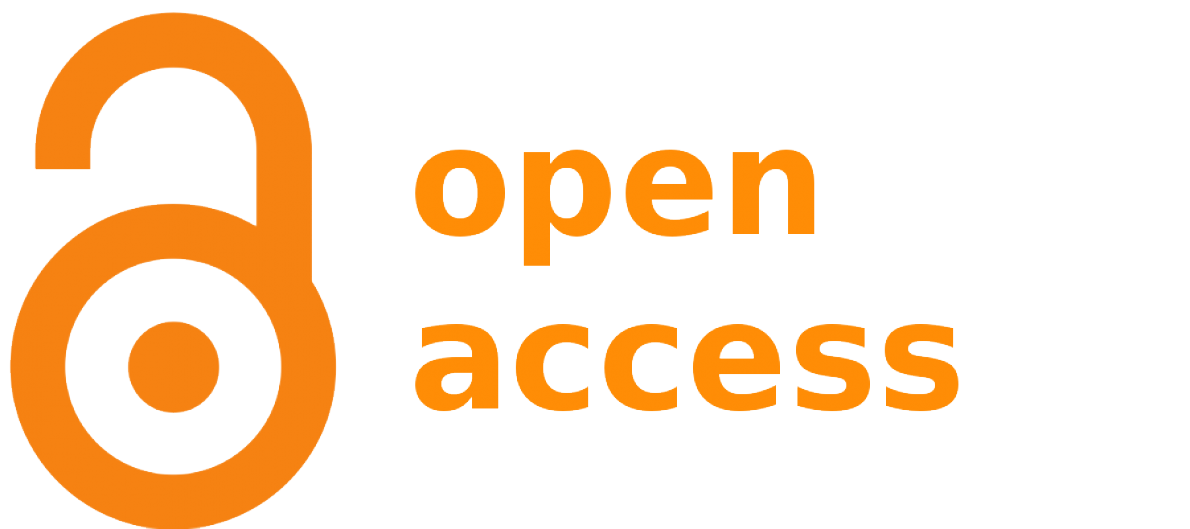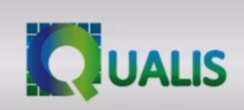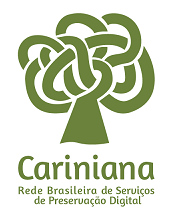The myth of Narcissus and the specular image in the lyric of Ferreira Gullar
DOI:
https://doi.org/10.5433/1678-2054.2007v11p3Keywords:
Myth of Narcissus, Mirroring, Ferreira GullarAbstract
The present text has the objective of developing some considerations concerning the recurrence of the specular images and the reference to the Myth of Narcissus, in the Ferreira Gullar's lyric, observing that, in the universe of the poetry, the magic of the mirroring and the narcissistic symbology provides, besides a vision of the world, the refl ection on the proper existential condition related to the world and the process of poetical creation.Downloads
References
CAVALCANTI, Raïssa. 1992. O mito de Narciso: O Herói da Consciência. São Paulo: Cultrix.
CHEVALIER, Jean; GHEERBRANT, Alain. 2002. Dicionário de símbolos: mitos, sonhos, costumes, gestos, formas, fi gures, cores, números. Tradução: Vera da Costa e Silva. 17. ed. Rio de Janeiro: José Olympio.
ECO, Umberto. 1989. Sobre os espelhos e outros ensaios. Rio de Janeiro: Nova Fronteira.
GENETTE, Gérard. 1972. Figuras. São Paulo: Perspectiva.
GULLAR, Ferreira. 2001. Toda poesia (1950-1999). 11. ed. Rio de Janeiro: José Olympio.
PAZ, Octavio. 1982. O arco e a lira. Tradução: Olga Savary. Rio de Janeiro: Nova Fronteira.
ROSSET, Clément. 1988. O real e seu duplo: ensaio sobre a ilusão. Porto Alegre: L&PM.
Downloads
Published
How to Cite
Issue
Section
License
Copyright (c) 2007 Terra Roxa e Outras Terras: Revista de Estudos Literários

This work is licensed under a Creative Commons Attribution 4.0 International License.
Authors who publish in this journal agree to the following terms:
a) The authors retain the copyright and grant the journal the right of first publication, the work being simultaneously licensed under the Creative Commons Attribution-NonCommercial 4.0 International License, allowing the sharing of the work with acknowledgment of the authorship of the work and initial publication in this journal.
b) Authors are authorized to assume additional contracts separately, for non-exclusive distribution of the version of the work published in this journal (eg, publish in an institutional repository or as a book chapter), with acknowledgment of authorship and initial publication in this journal.
c) Authors are allowed and encouraged to publish and distribute their work online (e.g. in institutional repositories or on their personal page) after the editorial process, as this can generate productive changes as well as increase impact and citation of the published work (See The Effect of Open Access).
d) The authors of the approved works authorize the journal to, after publication, transfer their content for reproduction in content indexers, virtual libraries and the like.
e) The authors assume that the texts submitted for publication are of their original creation, taking full responsibility for their content in case of any objection by third parties.



















